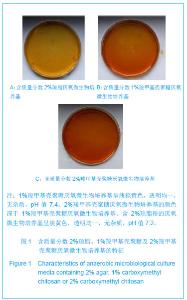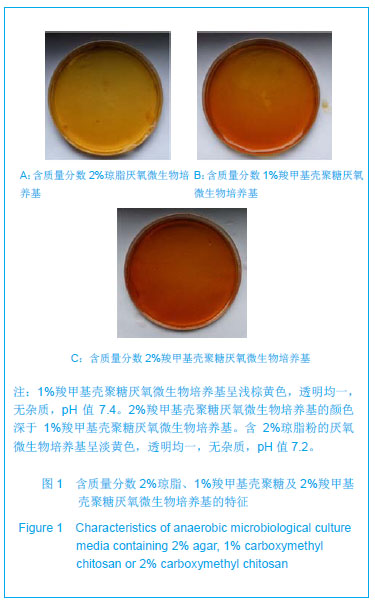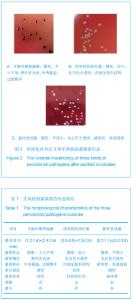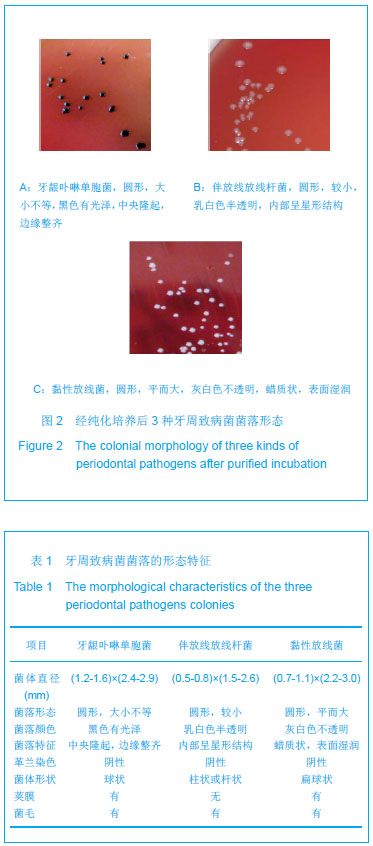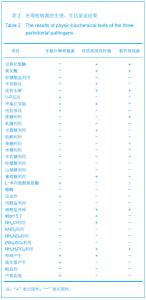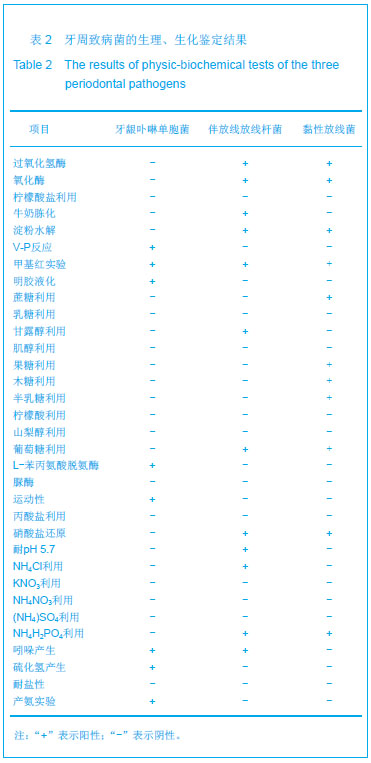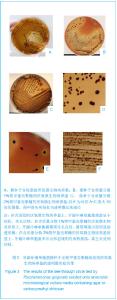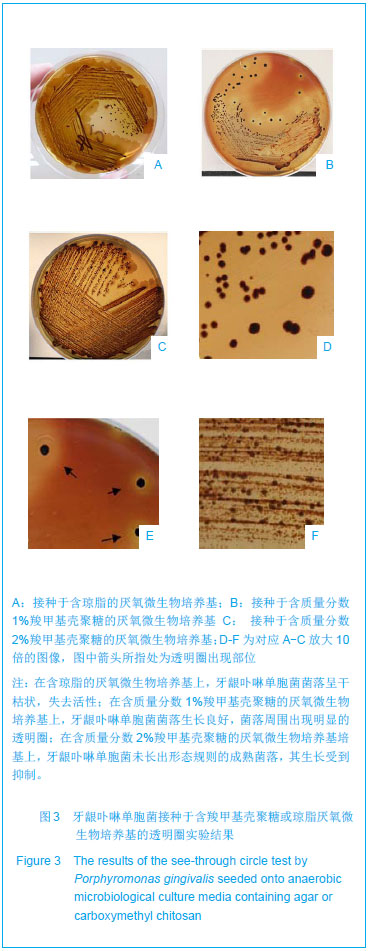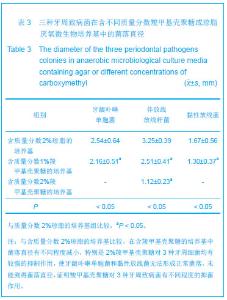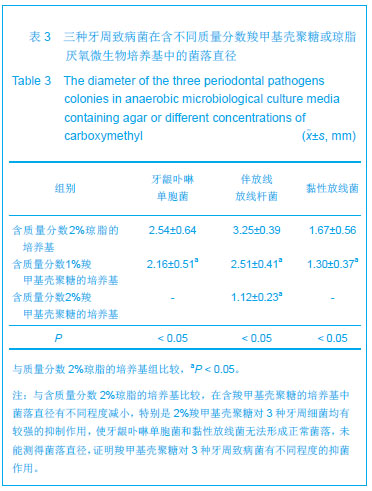| [1]刘健,吴景景,李娜,等.玉米醇溶蛋白制备牙周组织工程支架材料[J].中国组织工程研究与临床康复,2010,14(42):7873-7877.[2]何世海,陈乔尔.骨保护素和碱性成纤维细胞生长因子在牙周组织再生中的应用[J].中国组织工程研究与临床康复, 2011,15(2): 339-342.[3]Kim BS,Mooney DJ.Development of bioeompatible synthetic extracellular matrices for tissue engineering.Trends Biotechnol. 1998;16(5):224-230.[4]Uraganu T,Tokura S.Material science of chitin and chitosan. New York: Springer,2006.[5]穆玉,彭伟.羧甲基壳聚糖在口腔科中的研究进展[J].军医进修学院学报,2010,31(1):92-93.[6]唐涛,薛毅,信玉华,等.羧甲基壳聚糖复合奥硝唑后对口腔重要厌氧菌增效抑菌作用的评价[J].实用口腔医学杂志,2007,23(3): 451-452.[7]Somasherkar D,Joseph R.Chitosanases properties and applications:A review.Bioresour Technol.1996;55:35-45.[8]屠洁,张荣华.壳聚糖酶的研究进展与应用现状[J].江苏农业科学,2009,37(3):403-406.[9]Zhang Y,Dai AL,Kuriowa K,et al.Cloning and characterization of a chitosanase gene from the Koji Mold Aspergillus oryzae IAM 2660[J].Biosci Biotechnol Biochem.2001;65:977-981.[10]Hirano K,Arayaveerasid S,Seki K,et al.Characterization of a chitosanase from Aspergillus fumigatus ATCC13073.Biosci Biotechnol Biochem.2012;76(8):1523-1528.[11]Zhang J,Sun Y. Molecular cloning, expression and characterization of a chitosanase from microbacterium sp. Biotechnol Lett.2007;29(8): 1221-1225.[12]Yamada T,Hiramatsu S,Songsri P,et al.Alternative expression of a chitosanase gene produces two different proteins in cells infected with chlorella virus CVK2.Virology.1997;230(2): 361-368.[13]蒋玉燕,毕忆群,陈勇,等.甲壳素微结晶分散体系的研制:一种新的甲壳素溶解环试验[J].中国组织工程研究与临床康复,2007, 11(40):8131-8133.[14]侯秀丽,梁平,张源明,等.牙周致病菌在动脉粥样硬化斑块中的检测[J].中华微生物学和免疫学杂志,2011,31(11):967-970.[15]东秀珠,蔡妙英.常见细菌系统鉴定手册[M].北京:科学出版社, 2001.[16]Holt JG,Krieg NR,Sneath PHA.Bergey's Manual of Determinative Bacteriology.ninth edition.Williams&Wilkins:A Waverly Company,1994:426-529.[17]黄镜静,武曦, 谭颖徽.牙龈卟啉单胞菌在牙周炎病理和防治中的研究进展[J].重庆医学,2012,41(18): 1869-1871.[18]Ennibi OK,Benrachadi L,Bouziane A,et al.The highly leukotoxic JP2 clone of Aggregatibacter actinomycetemcomitans in localized and generalized forms of aggressive periodontitis.Acta Odontol Scand.2012;70(4): 318-322.[19]Lee HJ,Kim JK,Cho JY,et al.Quantification of subgingival bacterial pathogens at different stages of periodontal diseases.Curr Microbiol. 2012;65(1):22-27.[20]王宏钦,蔡静平.壳聚糖酶生产菌的筛选、鉴定及其产酶培养条件的研究[J].工业微生物,2000,30(4):32-36.[21]Jiang XY,Chen DC,Chen LH,et al. Purification,characterization,and action mode of a chitosanase from Streptomyces roseolus induced by chitin. Carbohydr Res.2012;355:40-44.[22]闫雪萍,李珊,苏文昕,等. 壳聚糖/磷酸三钙复合组织工程支架材料的制备及其性能[J].中国组织工程研究,2012,16(8):1421- 1424.[23]Igihaut J. Progenitor cell kinotics during guided tissue regeneration inexperimental periodontol wound.J Periodontal Res.1988;23:107-113.[24]Galler KM, D'Souza RN.Tissue engineering approaches for regenerative dentistry. Regen Med.2011;6(1):111-124.[25]唐涛,薛毅,信玉华,等.羧甲基壳聚糖对口腔重要厌氧菌的抑菌性能评价[J].中国微生态学杂志,2003,15(6):337-339. |
